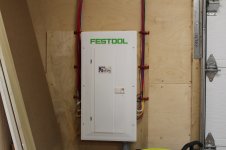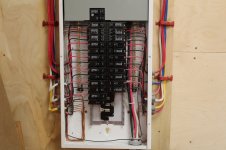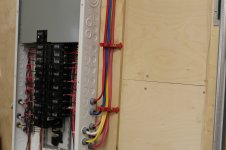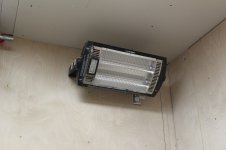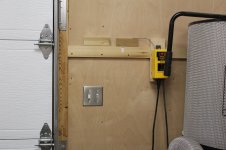Mario Turcot
Member
- Joined
- Nov 26, 2017
- Messages
- 1,288
Last summer I built a new shop. The shop is 20'x20' detached from the house. I put a 100amps sub-panel feed from my house main 200amps. Since there is several new threads about new shop, I thought it would be beneficial to show my setup.
The beast:
[attachimg=1]
Feel free to comment or ask any question [big grin]
Note: I still have to encase the cables. I was waiting to see it I need additional wiring [wink]
The beast:
[attachimg=1]
Feel free to comment or ask any question [big grin]
Note: I still have to encase the cables. I was waiting to see it I need additional wiring [wink]

